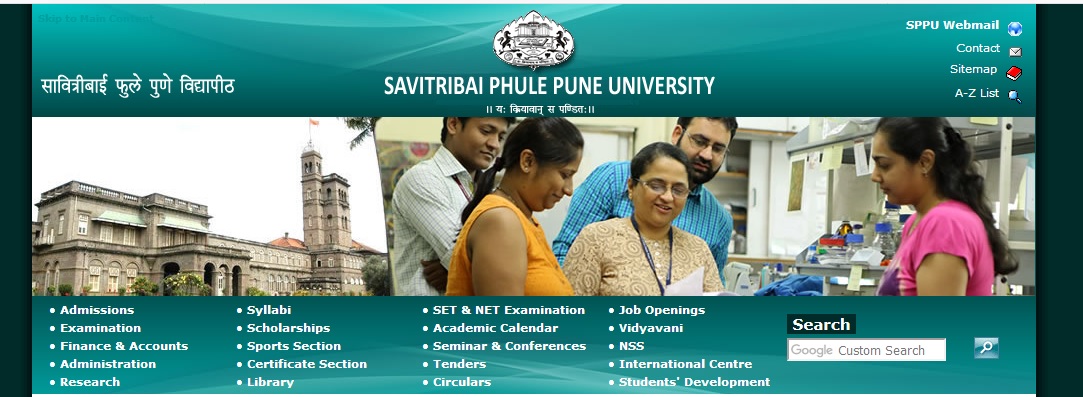Reservoir Engineering-I B.E Question Paper : unipune.ac.in
Name of the University : Savitribai Phule Pune University
Department : Petroleum Engineering
Degree : B.E
Subject Name : Reservoir Engineering-I
Sem : II
Website : unipune.ac.in
Document Type : Question Paper
Download Model/Sample Question Paper : https://www.pdfquestion.in/uploads/unipune.ac.in/6799-BE-2003-Petroleum%20Engg.pdf
Pune Reservoir Engineering-I Model Question Paper
University Of Pune :
B.E.(Petroleum) Examination 2013 :
(2003 pattern)
Time-Three hours
Maximum Marks-100
Total No. of Question=8
Total no. of printed pages= 2
Related : Savitribai Phule Pune University Petroleum Exploration B.E Question Paper : www.pdfquestion.in/6795.html
Instructions
(1)Attempt any 2 questions from:Q.1 ,Q.3, Q.4 for Section-I.
(2)Attempt any 2 questions from Q.5 ,Q.6,Q.7 for Section-II.
(3)Answers to the two section must be written in separate answer books.
(4)Neat diagrams must be drawn whenever necessary.
(5)Figures to the right indicate full marks.
(6)Use of electronic non-programmable calculator is allowed.
(7)Assume suitable data whenever necessary.
(8)Questions No.2 & 8 are compulsory.
SECTION-I :
Q.1 (a)What is reservoir engineering? (8)
(b)Explain in detail classification of reserves and how are they calculated? (8)
Q.2 Derive the generalized material balance equation. (18)
Q.3 Derive the material balance equation for an oil reservoir considering rock and fluid expansion? (16)
Q.4 Find and expression for cumulative oil for different decline curves? (16)

SECTION-II :
Q.5 Derive the diffusivity equation in cartesian coordinate system. (16)
Q.6 Explain the terms ETR,MTR and LTR. (16)
Q.7 Explain difference in GAS well testing. (16)
Q.8 Write a short note on a)Isochronal Test b)Pulse Testing. (18)
Formation Evaluation
SECTION I :
Q1) Explain the logging environment in an open hole. How is wireline logging operation carried out? What are different effective depths of investigations of various logging tools? Give significance of these different depths of investigations. [16]
OR
Q1) Why do we need different types of resistivity tools? Describe the principle and Commonly used tools in electrical resistivity logging. [16]
Q2) Describe two important tools that are used to determine density. What will be the effects of (a) grain size, (b) barite, (c) depth of investigation, and (d) nature of source on nuclear density tools. [16]
OR
Q2) A) How is drilling time data collected? How is it useful in formation evaluation? [10]
B) Write a note on sidewell coring and its applications. [06]
Q3) Write notes on any three of the following: [18]
a) Cement bond logs,
b) Temperature log,
c) Production log,
d) Induction log,
e) SP log,
f) Caliper logs.
Section II :
Q4) A) Explain the ‘quick-look’ log interpretation method details. [16]
OR
Q4) Answer the following: [16]
a) What are the different physical properties of clays that are relevant to log Interpretation?
b) Explain the empirical relationship between water resistivity, porosity and water saturation.
c) Explain important types of cross plots and their applications
d) What are the different methods of calculating reservoir parameters?
Q5) Explain the terms: [16]
a) Movable hydrocarbons, and b) residual oil saturation. How are they determined?
OR
Q5) Explain in details uses of logging surveys in various stages of petroleum exploration in an area. [16]
Q6) A) Write a detailed note on ‘Mud logging’ [10]
B) Give a quick look interpretation and geological interpretation of the logs given in the figure 1. Assume logically significant additional data and state values clearly. Calculate Sw. [08]
Q6) Write notes on any two of the following:
a) MWD
b) LWD
c) Logging problems in deviated wells and geosteering.
d) Overpressure in the formation.
PETROLEUM PRODUCTION ENGINEERING-II
SECTION I :
Q1 A Draw typical schematic graph and write the procedure to determine the depth for point of gas injection, in continuous gas lift. 10
B Draw the schematic sketch of any one type of gas lift valve and explain its features. 08
OR
Q2 A Write the various suitable parameters and situations in which you will select SRP, Gas lift and ESP 12
B Draw the schematic sketch of various stages of continuous or intermittent gas lift system. Indicate all the features. 06
Q3 A Explain the working principle and operation cycle of ‘plunger lift system’. 10
B Explain the working of progressive cavity pumping system. 06
OR
Q4 Draw the schematic sketch of surface and subsurface layout of ESP installation and explain the working of any four components of it, in detail. 16
Q5 A Explain the SRP dynagraph in brief 06
B Describe the design considerations of SRP system. 10